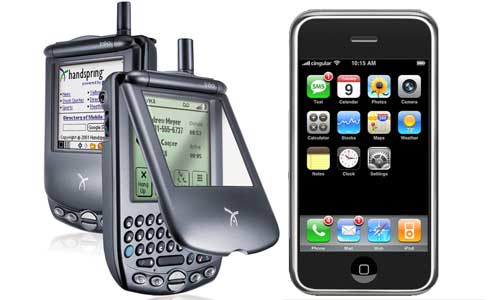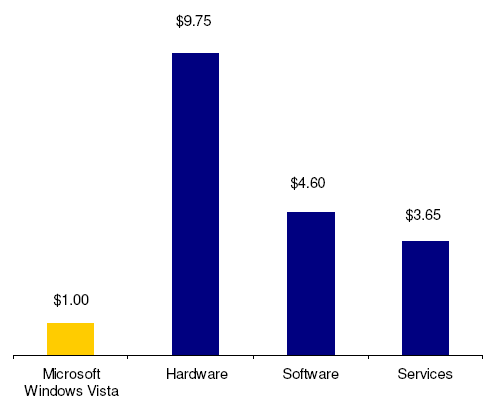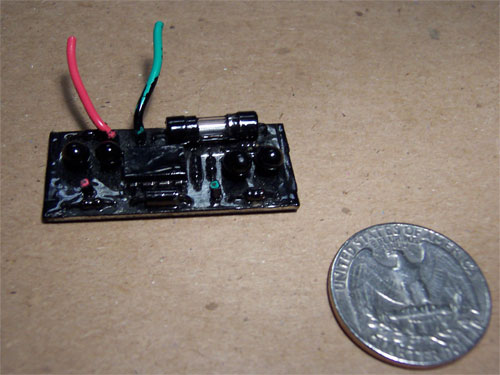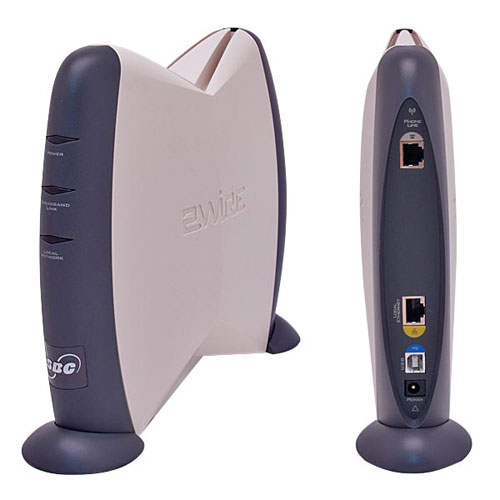It’s innovative because we say it is. Honest.

1998, Digital Networks North America releases the Rio, a portable MP3 player that can compete with products like the Sony Walkman. 2001, Apple Computer releases the iPod, a revolutionary personal electronics gizmo that lets you listen to your music library on the go. In 2006, Microsoft releases the Zune and is labeled a copycat.

November, 2003: Palm introduces a phone / music player / internet gadget Treo. January, 2007: Apple unveils the revolutionary phone / music player / internet gadget iPhone. Looks like the Apple learning curve has grown from 3 years to 4.
I’m reasonably sure that it’ll be user-friendly and the touch-screen interface has some gee-whiz factor to it, but for a similar price (about $600), I could get a blu-ray high-def DVD player that runs cutting-edge videogames and has a variety of other techie uses (they call it a PS3). Color me unimpressed. Also, I wonder if the new iPhone’s face plate scratches as easily as the free iPod I got a year ago?







